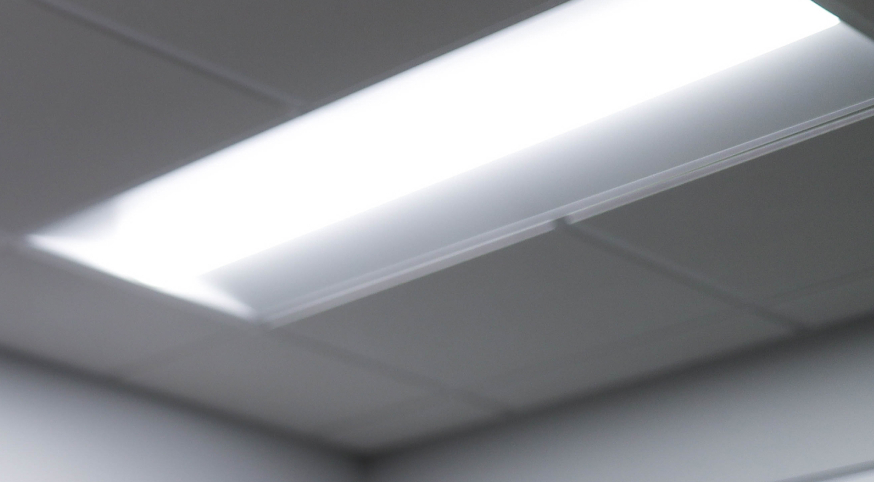If a car or one of its parts has a defect from the factory and that defect led to your accident or made your injuries worse, the Indiana Product Liability Act may give you a right to compensation. These cases often involve complex details about how and why the defect happened, and usually, the lawyer will need to gather expert opinions to prove the part was faulty and not just worn out or poorly maintained.
Getting help from an Indianapolis personal injury lawyer who understands how these cases work can guide you on what evidence you’ll need and how Indiana law affects your rights to recover for your losses.
What Is a Manufacturing Defect?
When people get hurt by a product, it may be because something went wrong in the way it was made or the way it was planned. Product defects usually fall into one of three groups:
Manufacturing Defect
A manufacturing defect happens when there is a problem in the making of a specific item. The factory might have messed up just a small batch or a single product. This one unit or batch is more dangerous than the rest that were made properly.
Design Defect
A design defect means the actual plan or specifications for the whole product line have a dangerous flaw. Here, even finishing everything “correctly” still leads to a risk.
Failure to Warn
Failure to warn is about missing or poor instructions and warnings. Some products can’t be made totally safe, even with a good design and proper factory work. The problem is when users are not clearly told about the hazards or the steps needed to stay safe.
Your Case Will Get
The Attention It Deserves

Common Vehicle Defects
While many people trust that their vehicles are safe, sometimes defects in car parts go unnoticed until it’s too late. Here are some of the common vehicle defects victims should be aware of:
Seatbelt Defects
Seatbelts may seem simple, but they carry a heavy burden in saving lives. Problems can include latch failures, torn belts, or mechanisms that do not retract or lock as they should. These issues mean that the seatbelt may not keep someone properly restrained during a crash, leading to worse injuries when safety is needed most.
Airbag Problems
Airbags are another essential safety feature. Common defects include airbags not deploying at all in a crash, or deploying in a way that causes harm – like blasting metal fragments or opening too forcefully. When airbags do not work or act dangerously, the chance for serious injury increases.
Brake and ABS Failures
Safe braking is not a guarantee if manufacturers allow corners to be cut. Cracked brake lines, air trapped in hydraulic systems, or incorrect assembly can cause brakes to fail. When stopping power is lost, crashes are much harder to avoid.
Steering and Suspension Problems
Steering and suspension parts need careful inspection. If welds are weak or a control arm snaps, you can lose control of your vehicle instantly. Sometimes, there’s no warning at all before something goes wrong. Faulty parts in these areas can lead to serious crashes before you even realize there’s a problem.
Tire and Wheel Defects
No matter how skillfully you drive, tire or wheel issues can put you in real danger. If tires aren’t made properly, sections can peel away or separate while you’re on the road. The same goes for poorly built wheels; they might bend or break under normal driving. Both of these defects can cause crashes with little time to react.
Faulty Fuel or Electrical Systems
Sometimes a problem starts small, and you may not notice at first – a fuel line leaks a bit, or maybe a wire gets too hot. But these seemingly minor issues in fuel or electrical systems can get out of hand fast. If there is a crash, these parts may cause a fire or even make the car explode, harming you and others nearby.
Defenses You Should Expect When Filing a Claim Based on Manufacturing Defect (and How to Counter)
When you’re hurt by a faulty product, large companies almost always fight back. Their lawyers use familiar defenses to avoid paying what you deserve. Knowing what to expect helps you and your lawyer fight back when these arguments come up. Some common ones include:
Misuse or Alteration
Manufacturers will try to say you changed the product, or used it the “wrong” way. Your lawyer will look at the product’s “OEM” condition – that means how it came from the factory. Photos, receipts, or basic user manuals can show you used it the way it was meant to be used.
Statements from other users may show similar problems under regular conditions. When needed, product experts do side-by-side inspections showing the piece from your car wasn’t modified.
Maintenance Neglect
Next, they may say you just didn’t take care of it. They argue that missing a scheduled service (oil change, new seals, battery check, etc.) is why it broke. Your Indianapolis car accident lawyer can fight back with service records showing the maintenance you completed on the vehicle over the years was more than reasonable.
Even if you missed a step or extended routine service for a short time, this usually shouldn’t lead to catastrophic failure. If it can be shown that the defect wouldn’t have been caught in a routine inspection anyway, this can help your case.
Deny The Defect Exists
Sometimes the defense argues there was never a defect from the beginning. If a manufacturer takes this approach, they will likely claim their product left the factory in working order. They may try to point out that all tests and safety checks were normal at the time of production.
Even so, just because a company denies a defect doesn’t mean they are correct. Photographs, reviews, or stories from other people hurt by the same product can shed light on whether an actual problem existed. Expert witnesses may also examine the product and disagree with their claims.


Contact Vaughan & Vaughan in Indianapolis
You don’t have to fight these arguments alone. Legal teams create stronger claims by focusing on the facts of the case and collecting evidence that a manufacturing defect caused the incident. Vaughan & Vaughan is always here to help. Contact us today to schedule a free consultation with a car accident lawyer.






